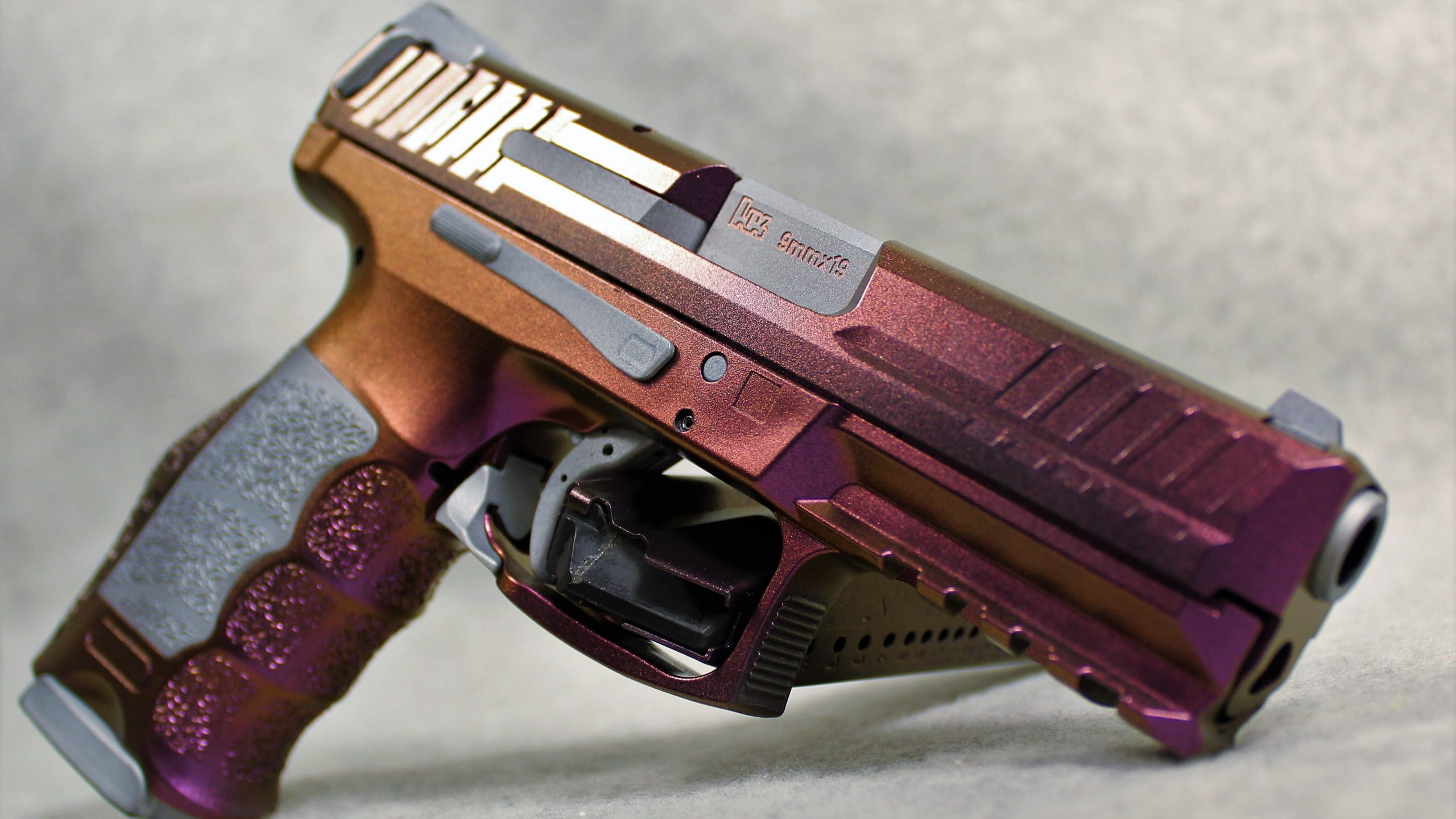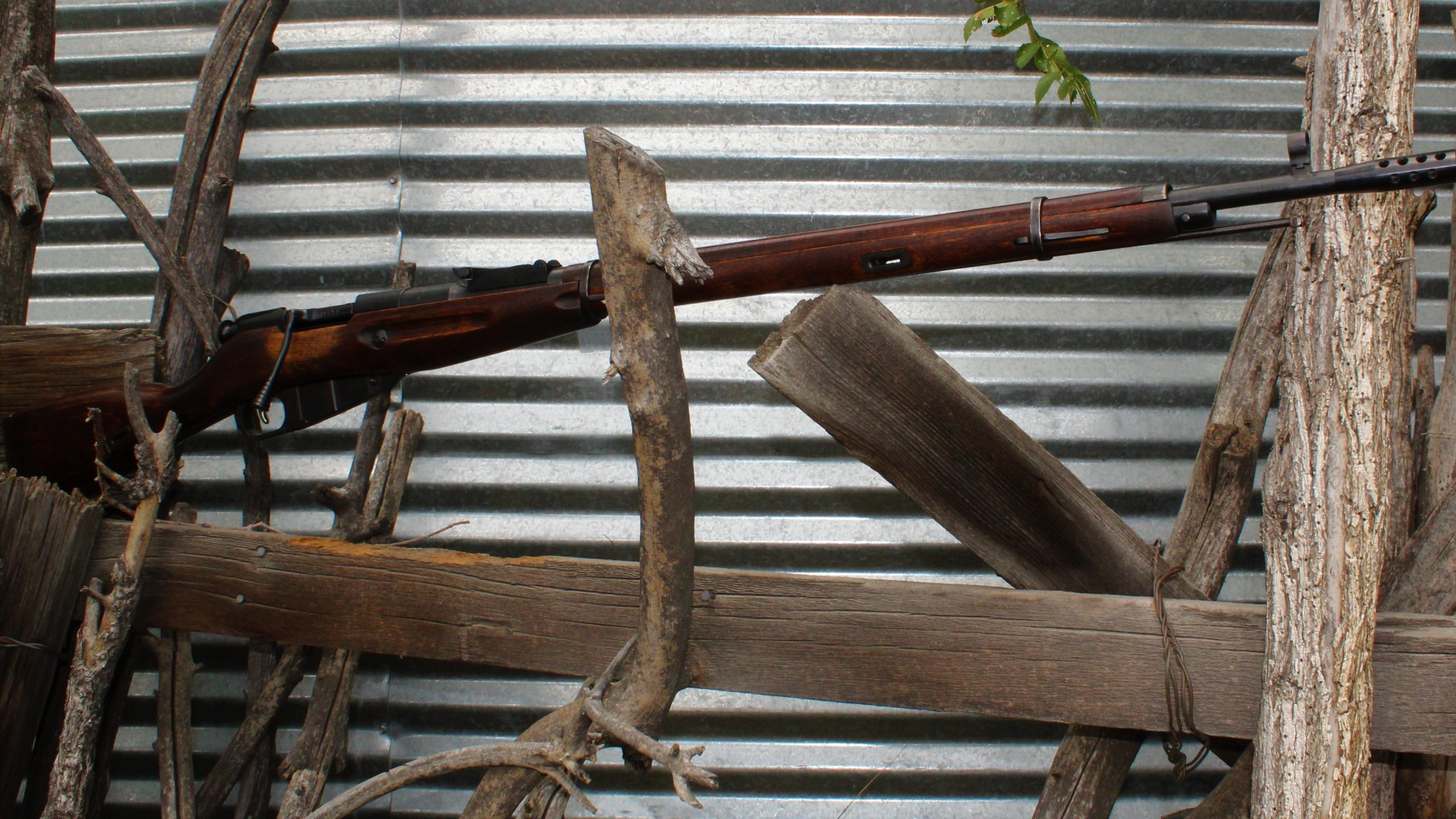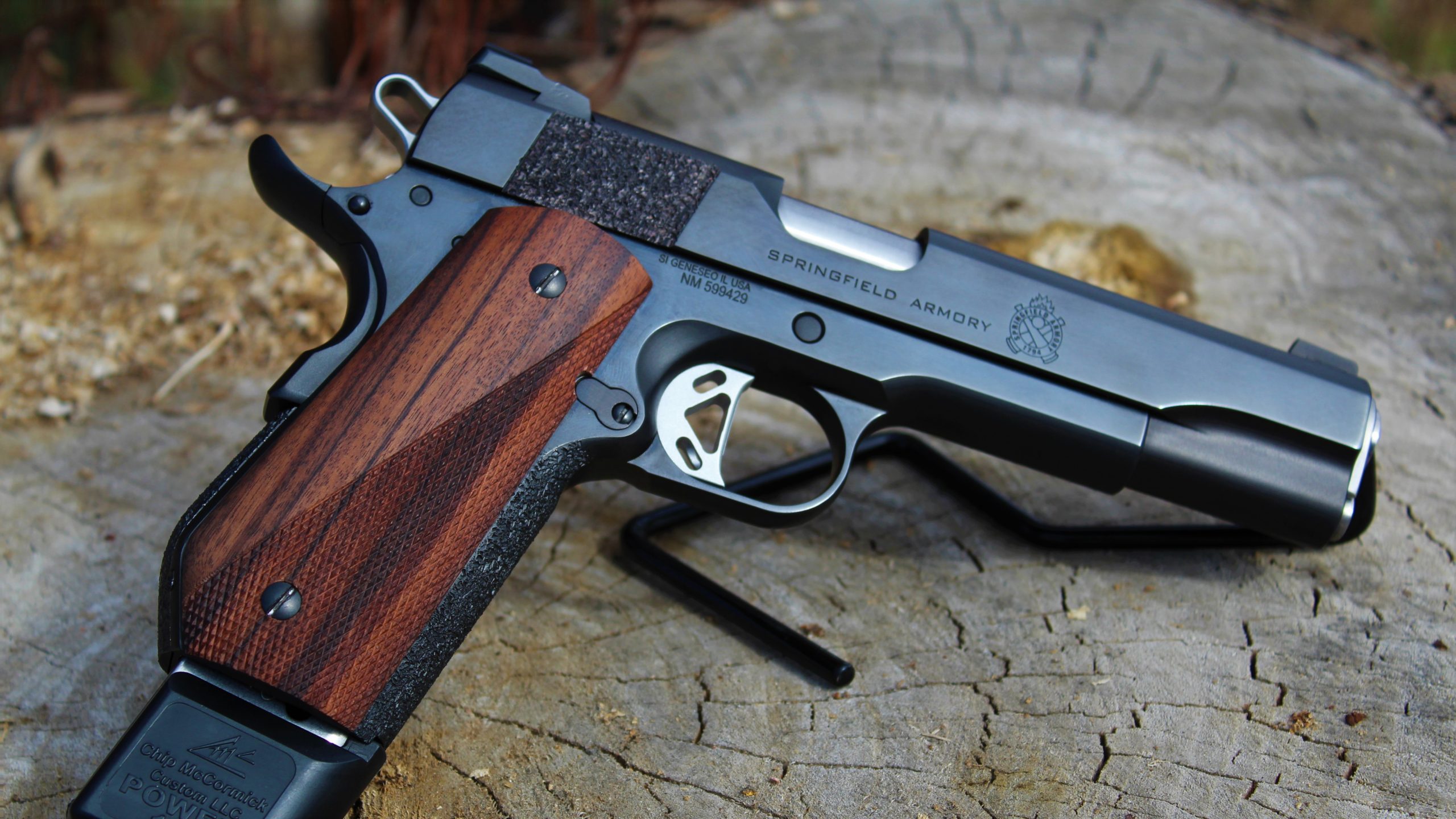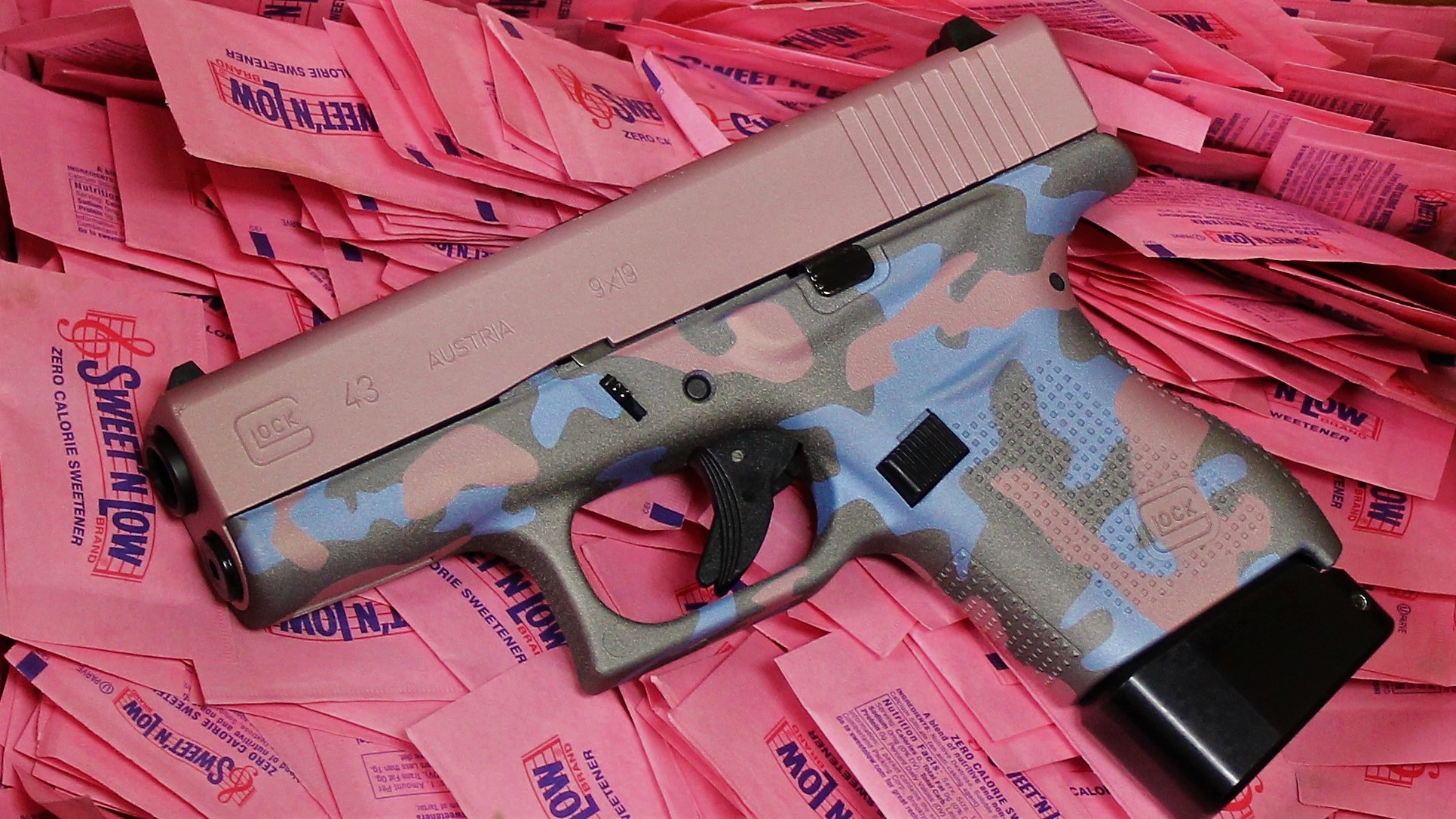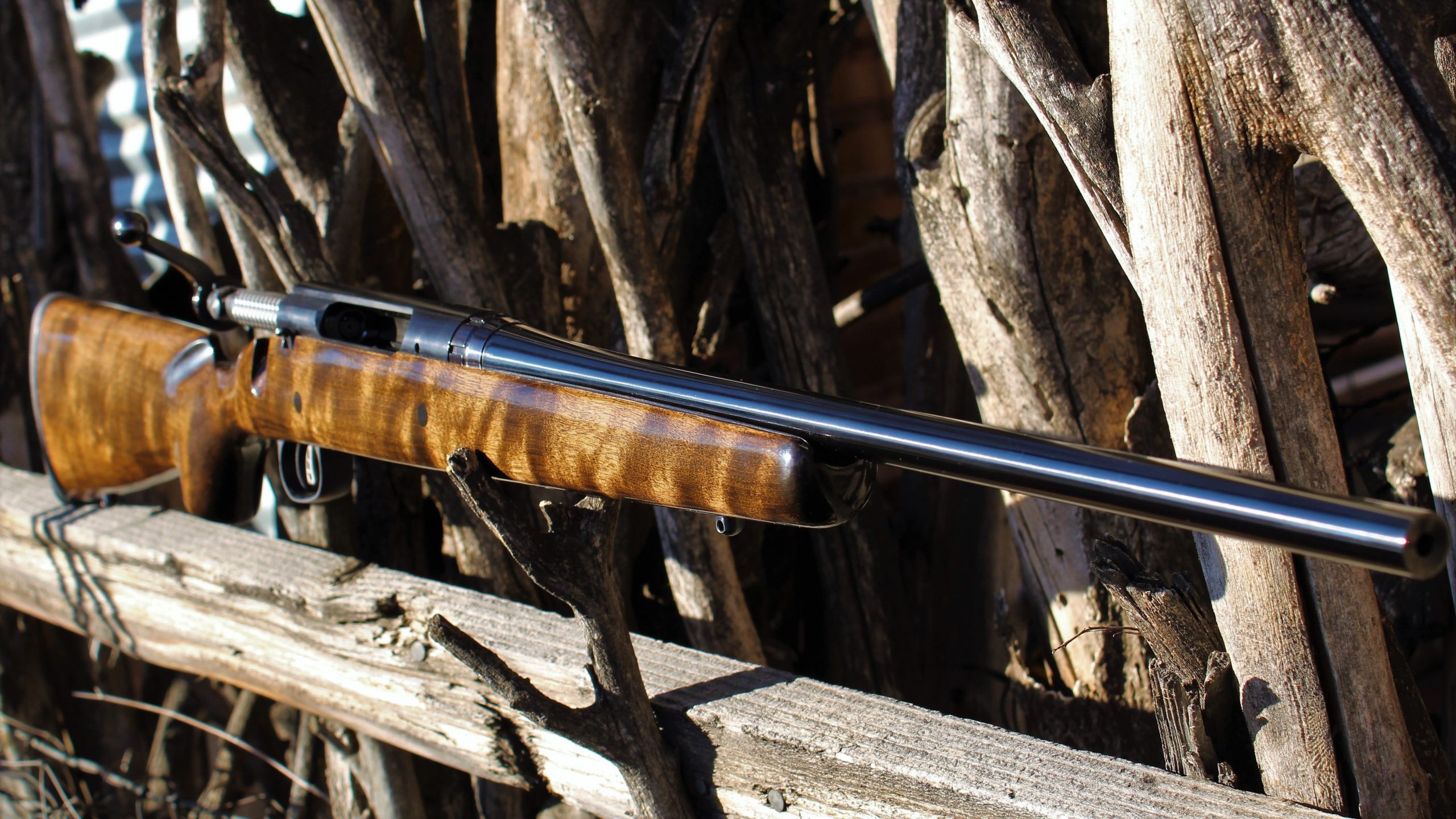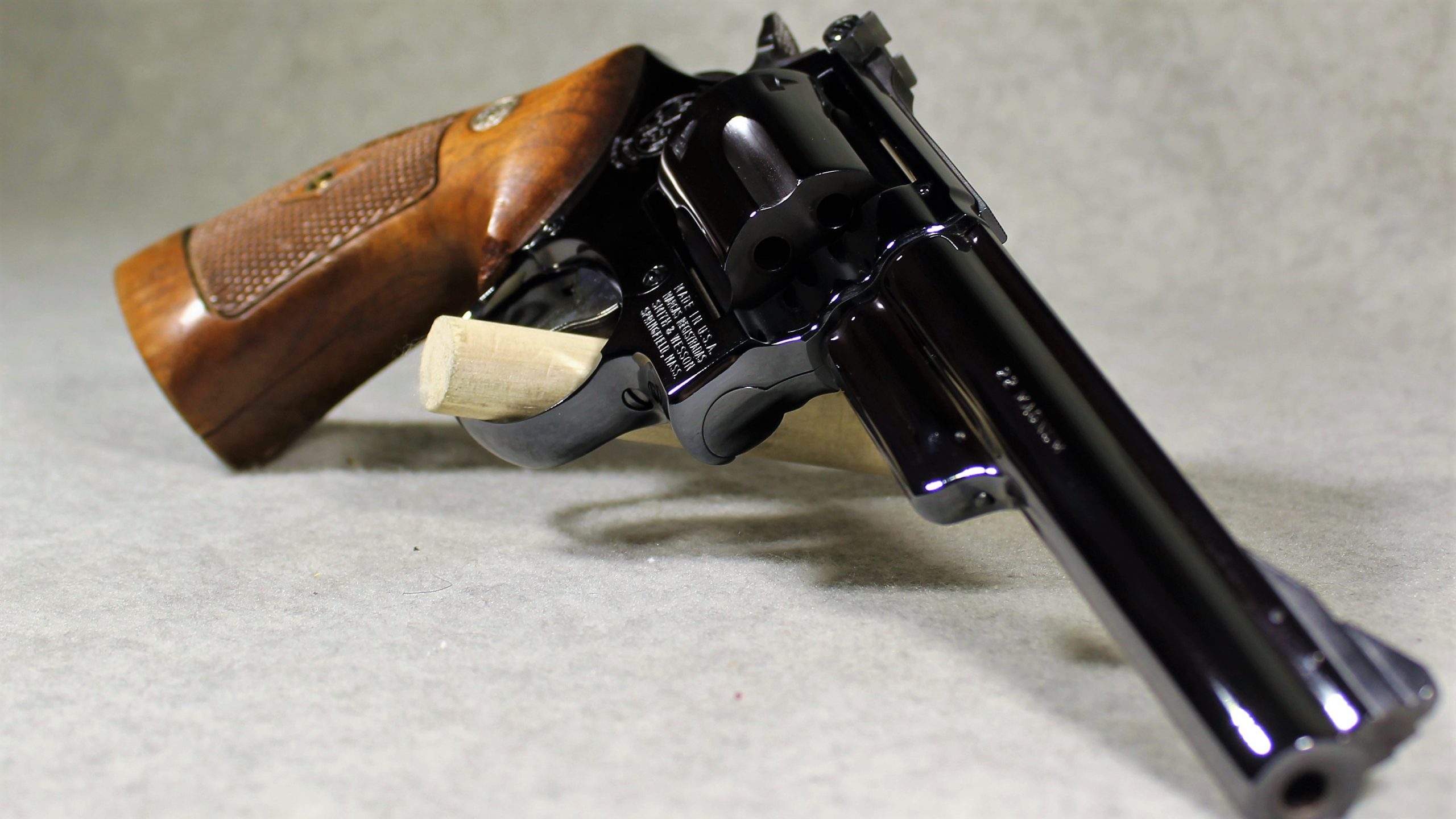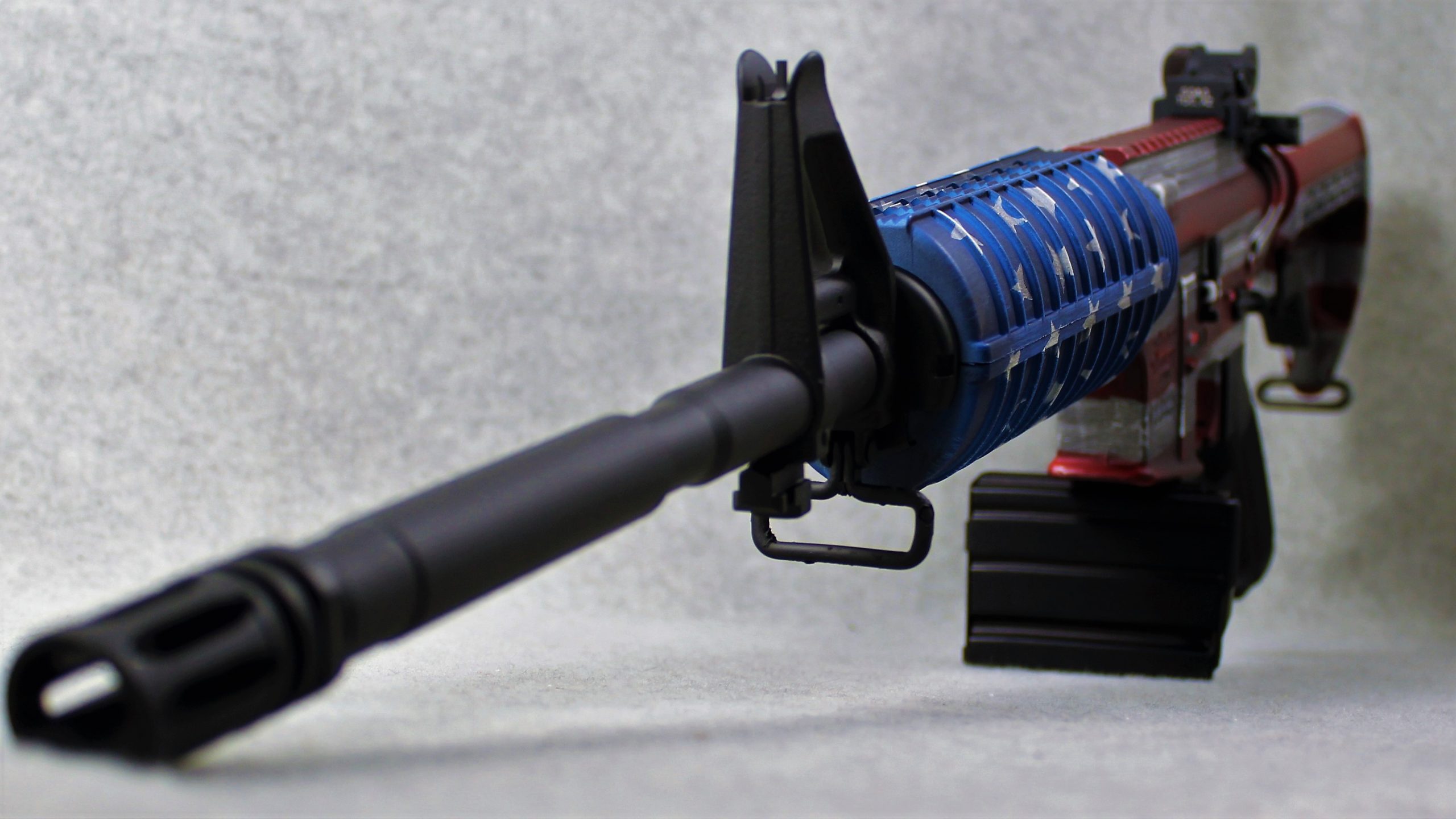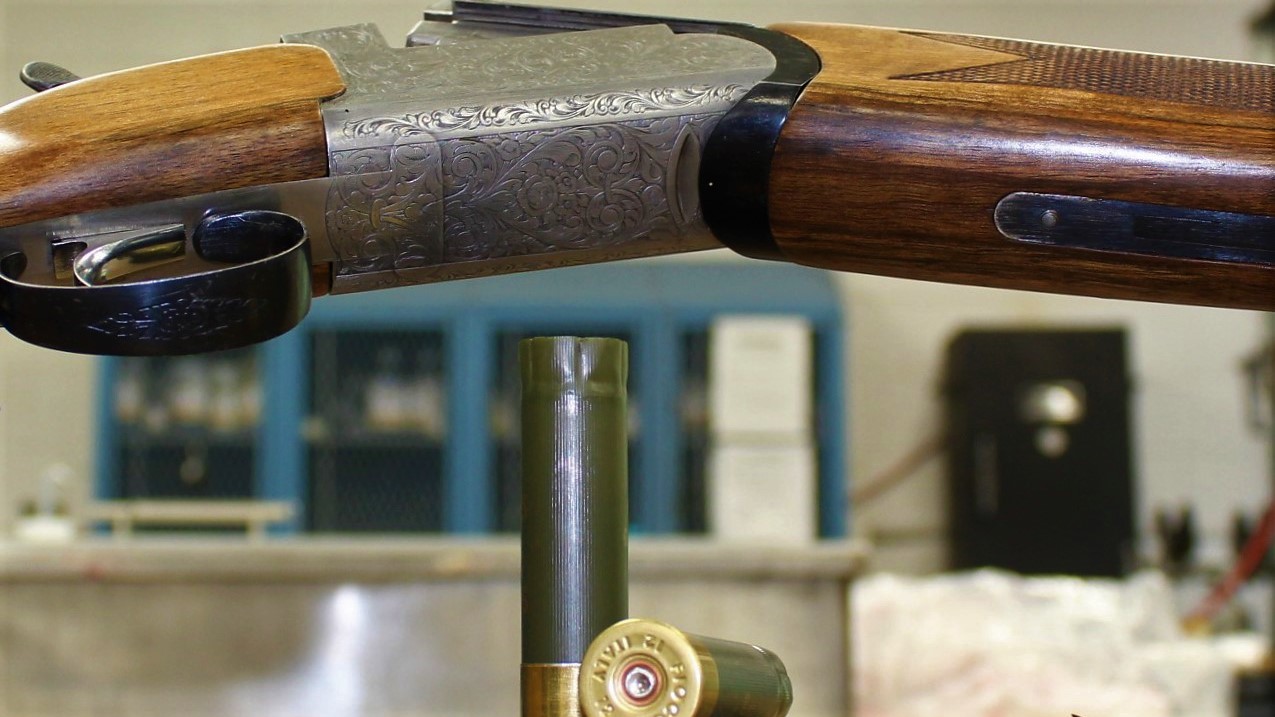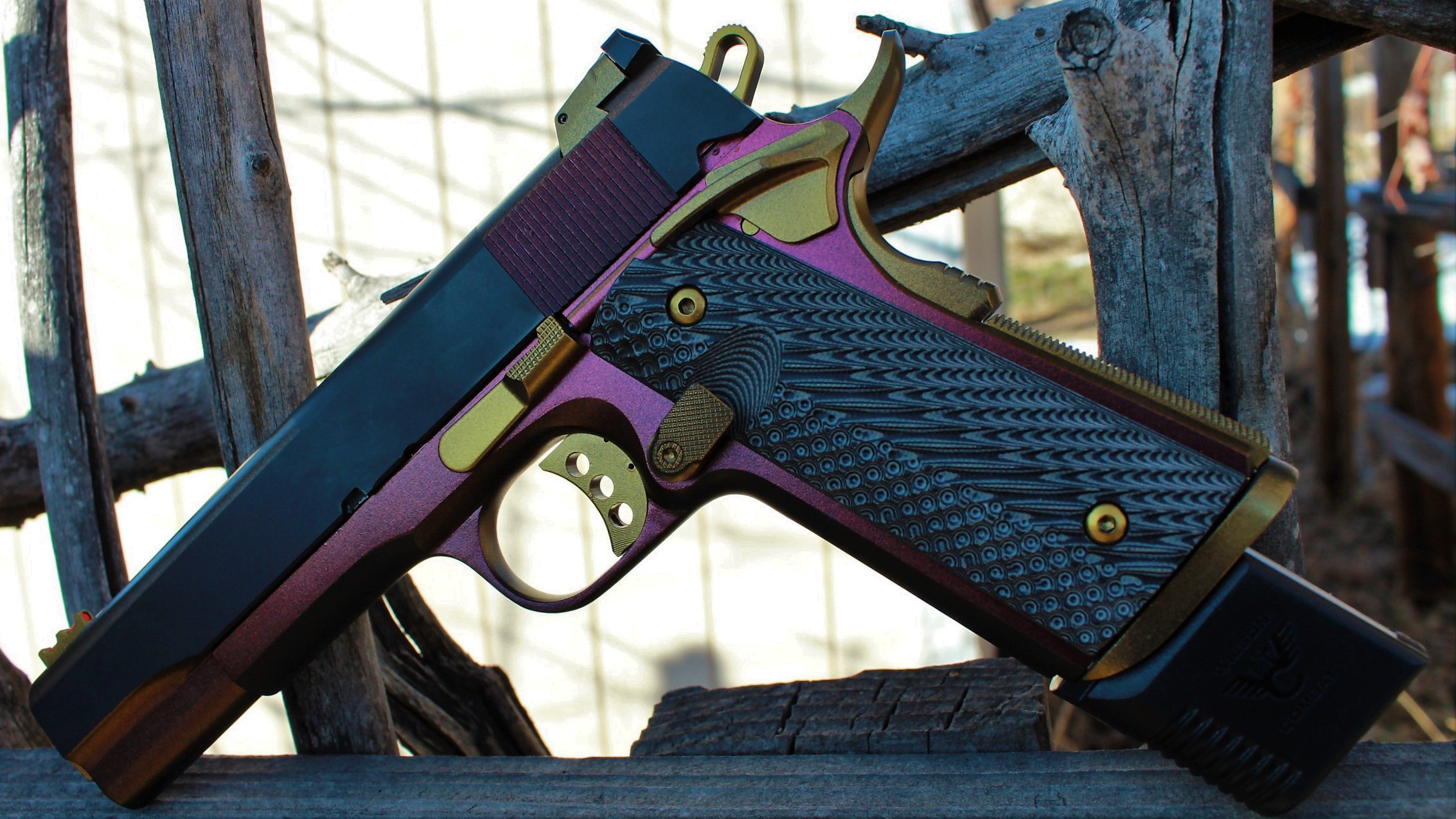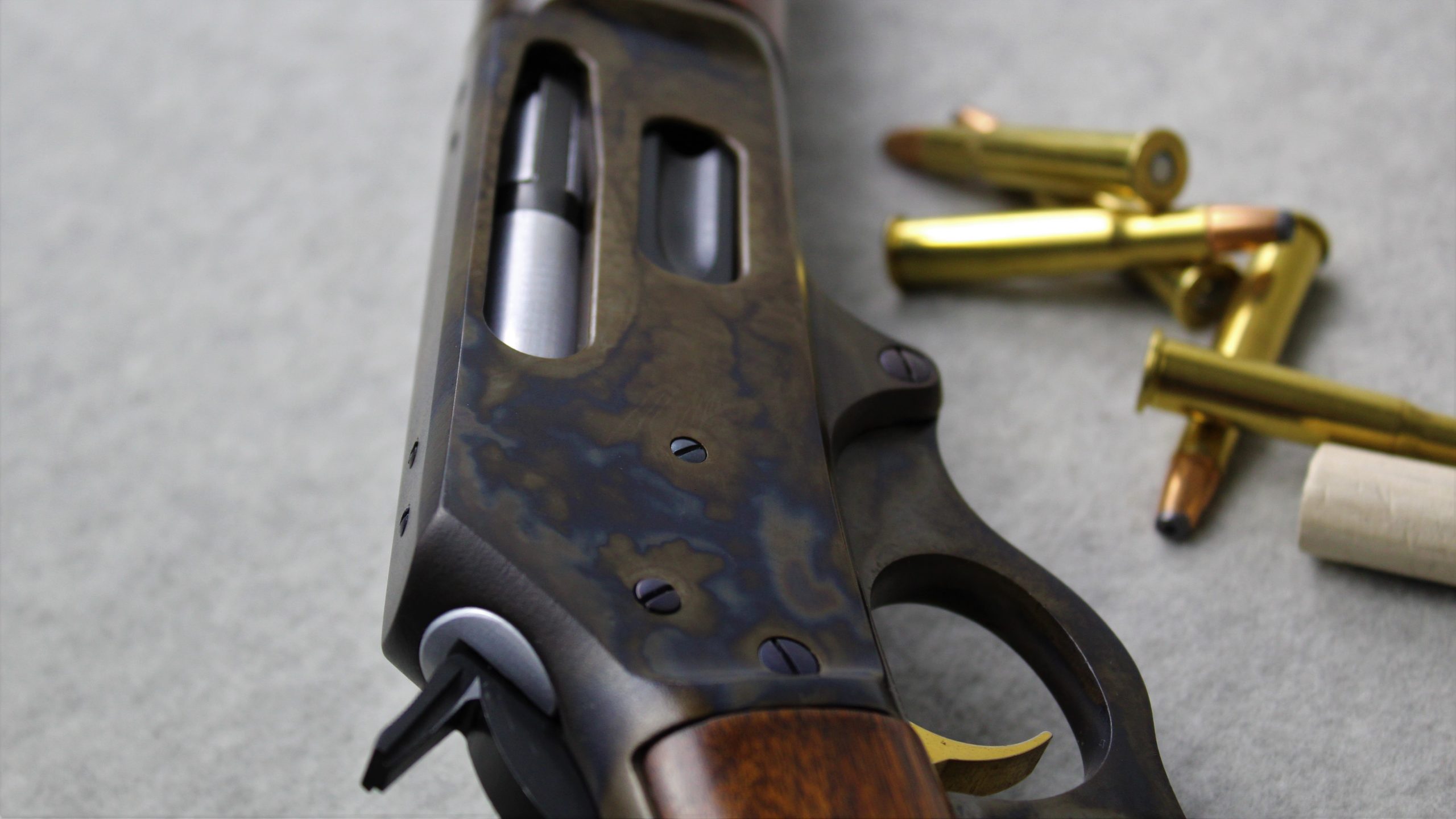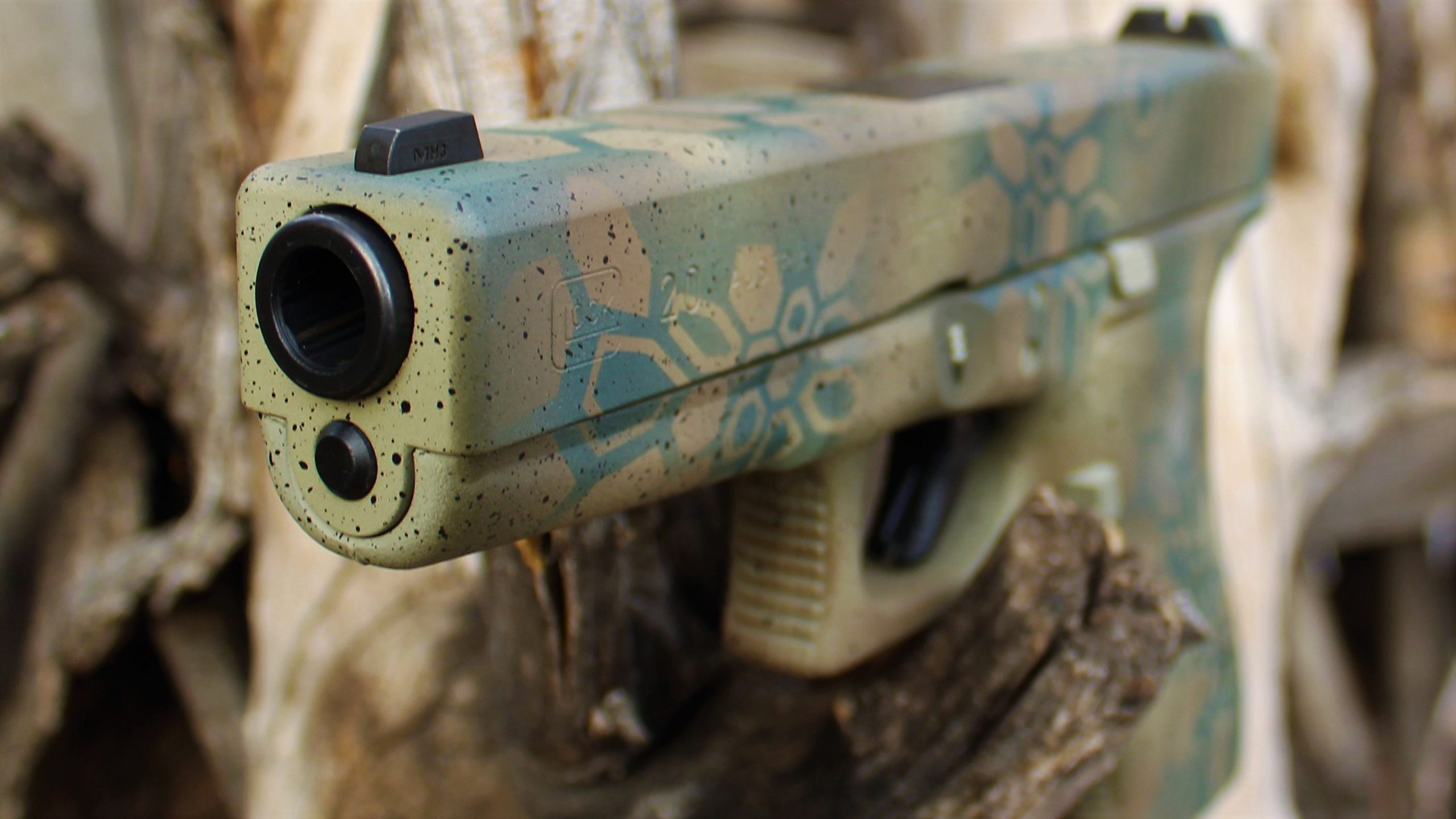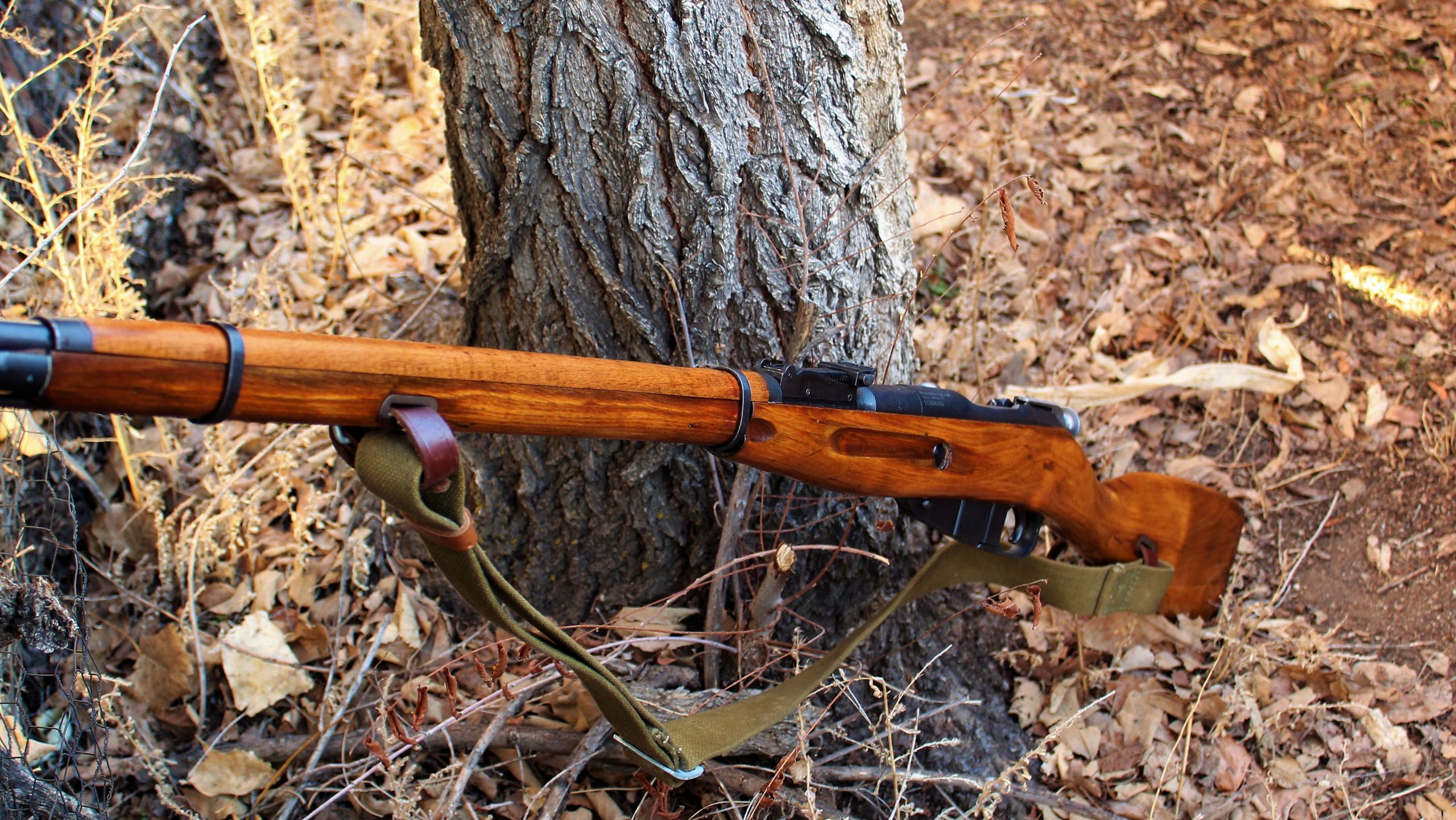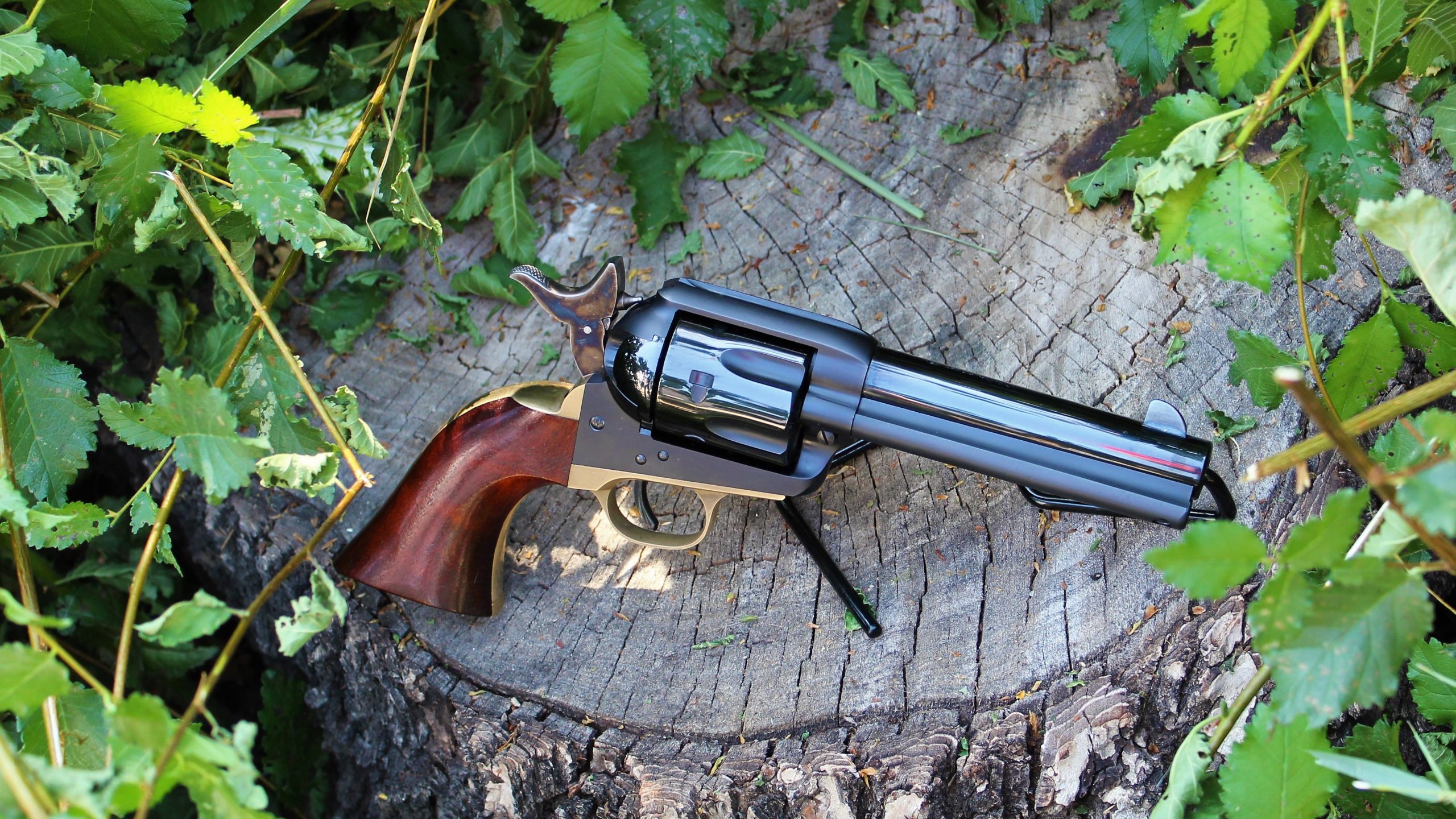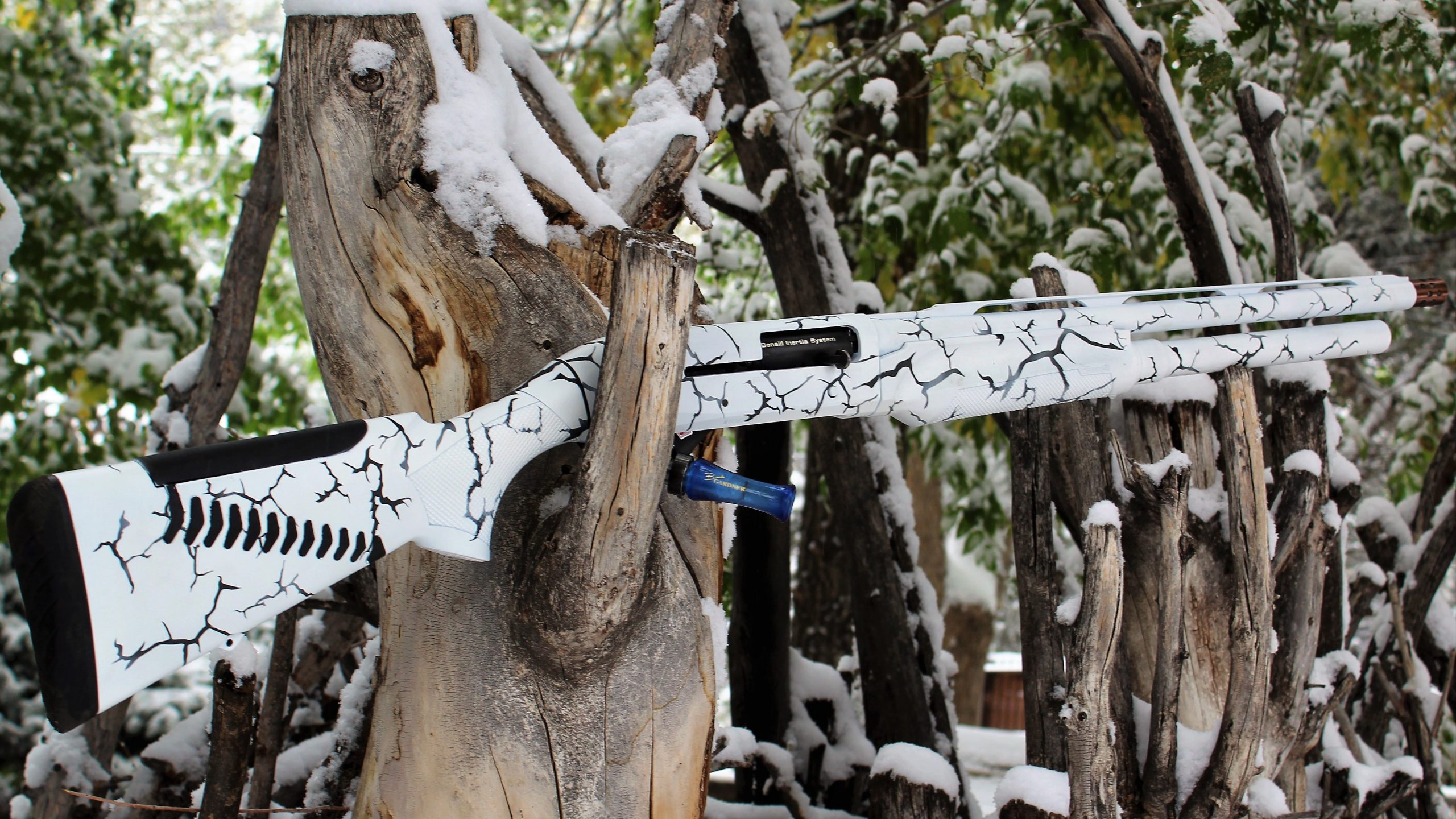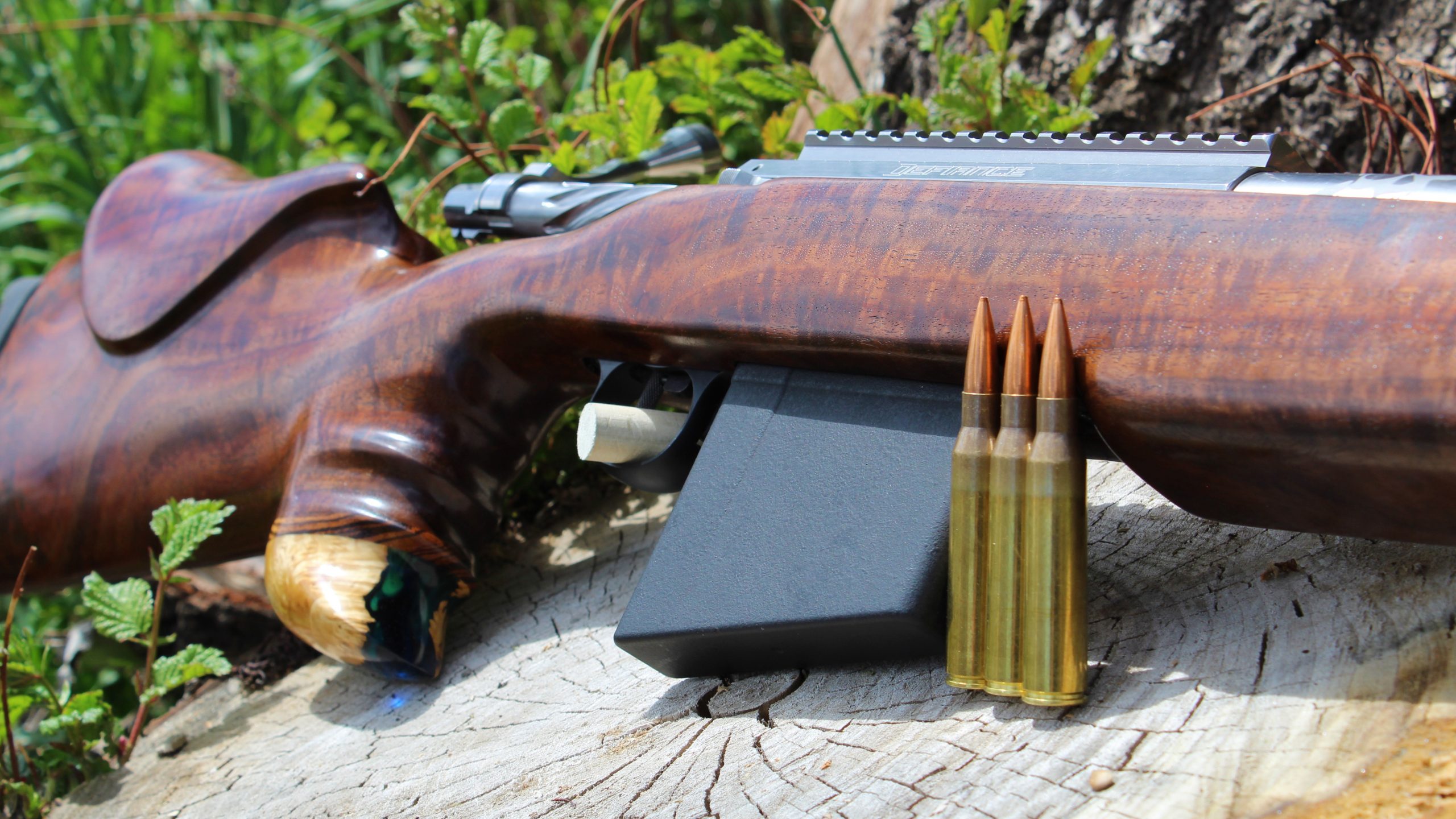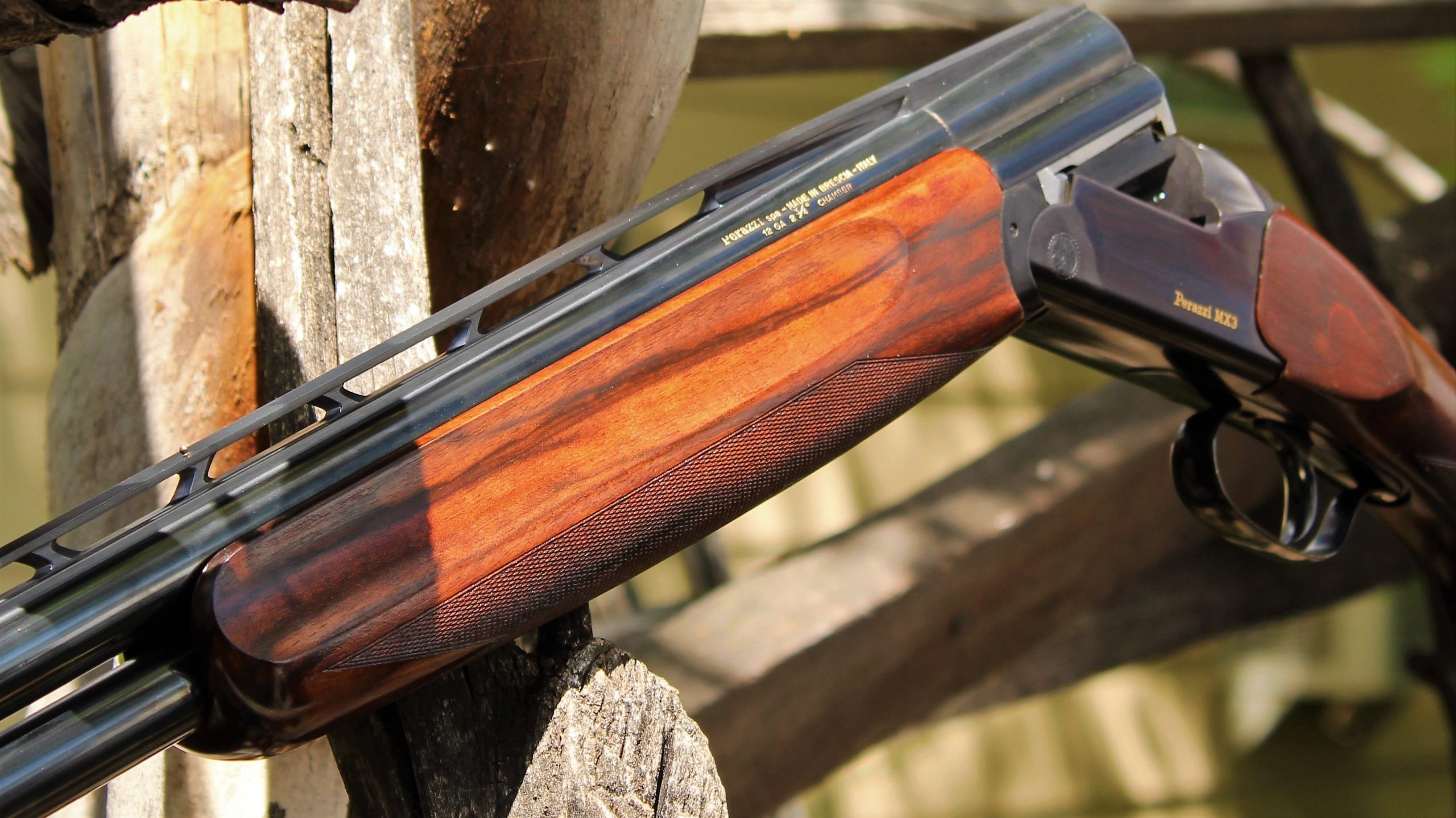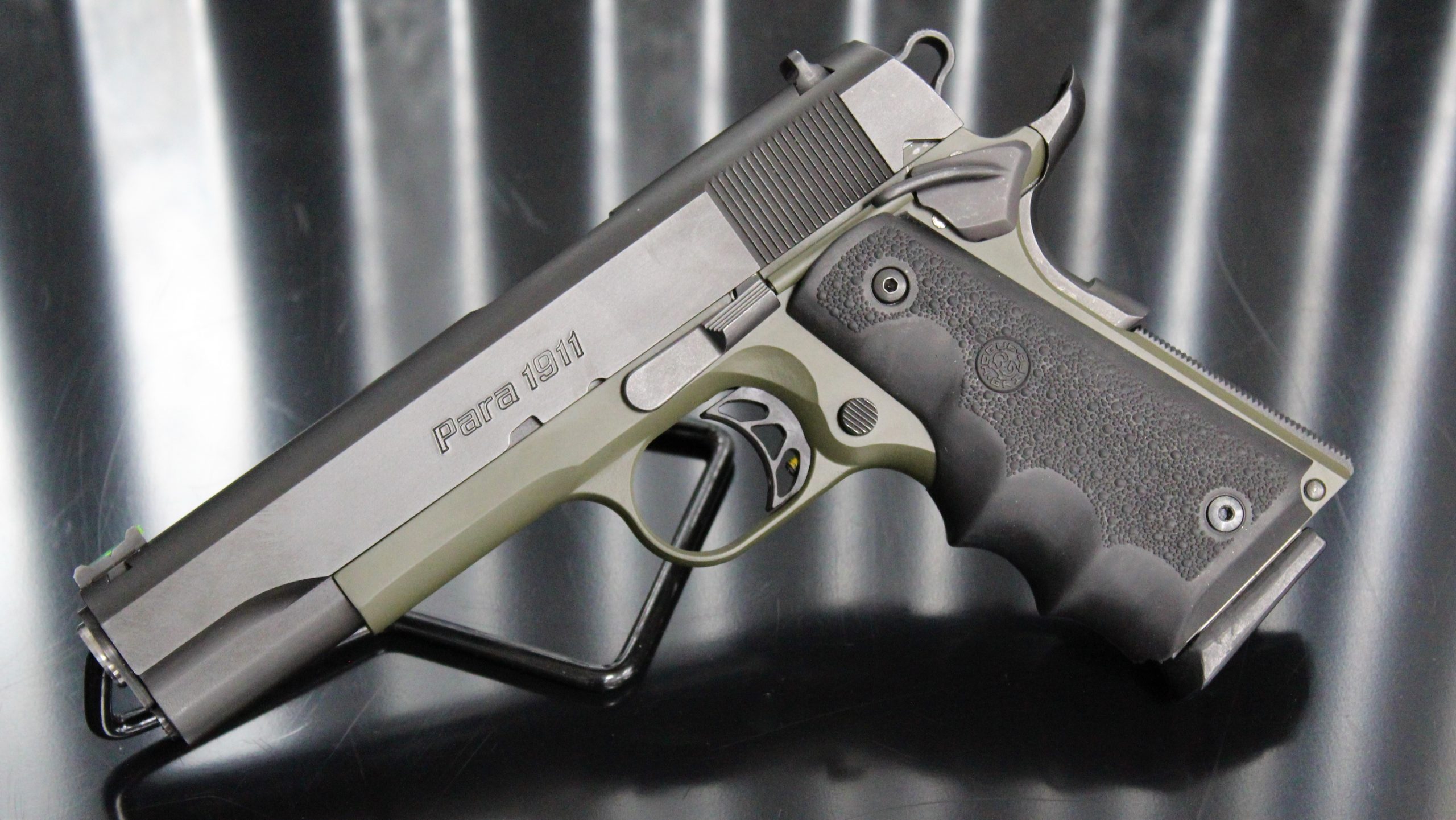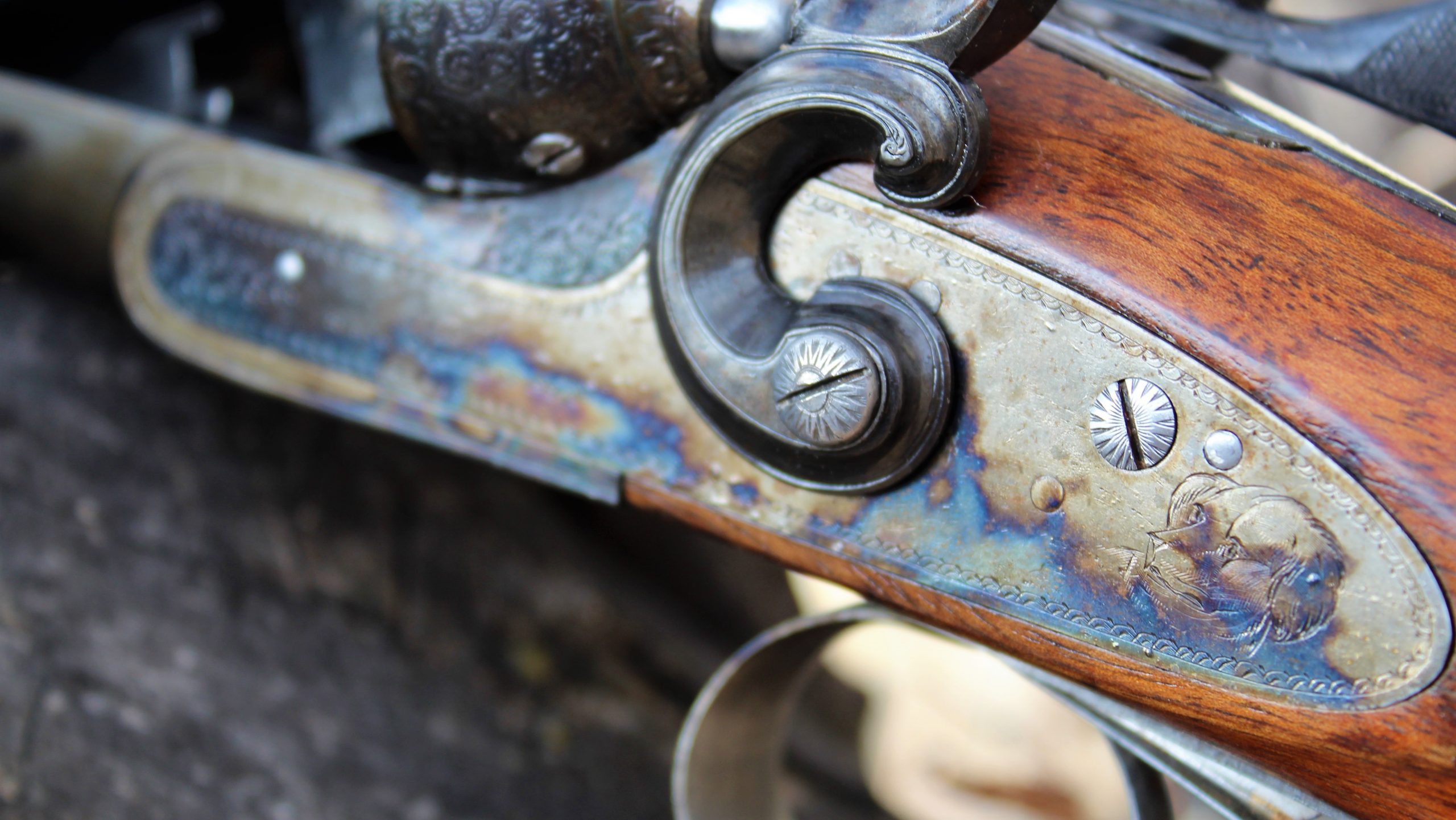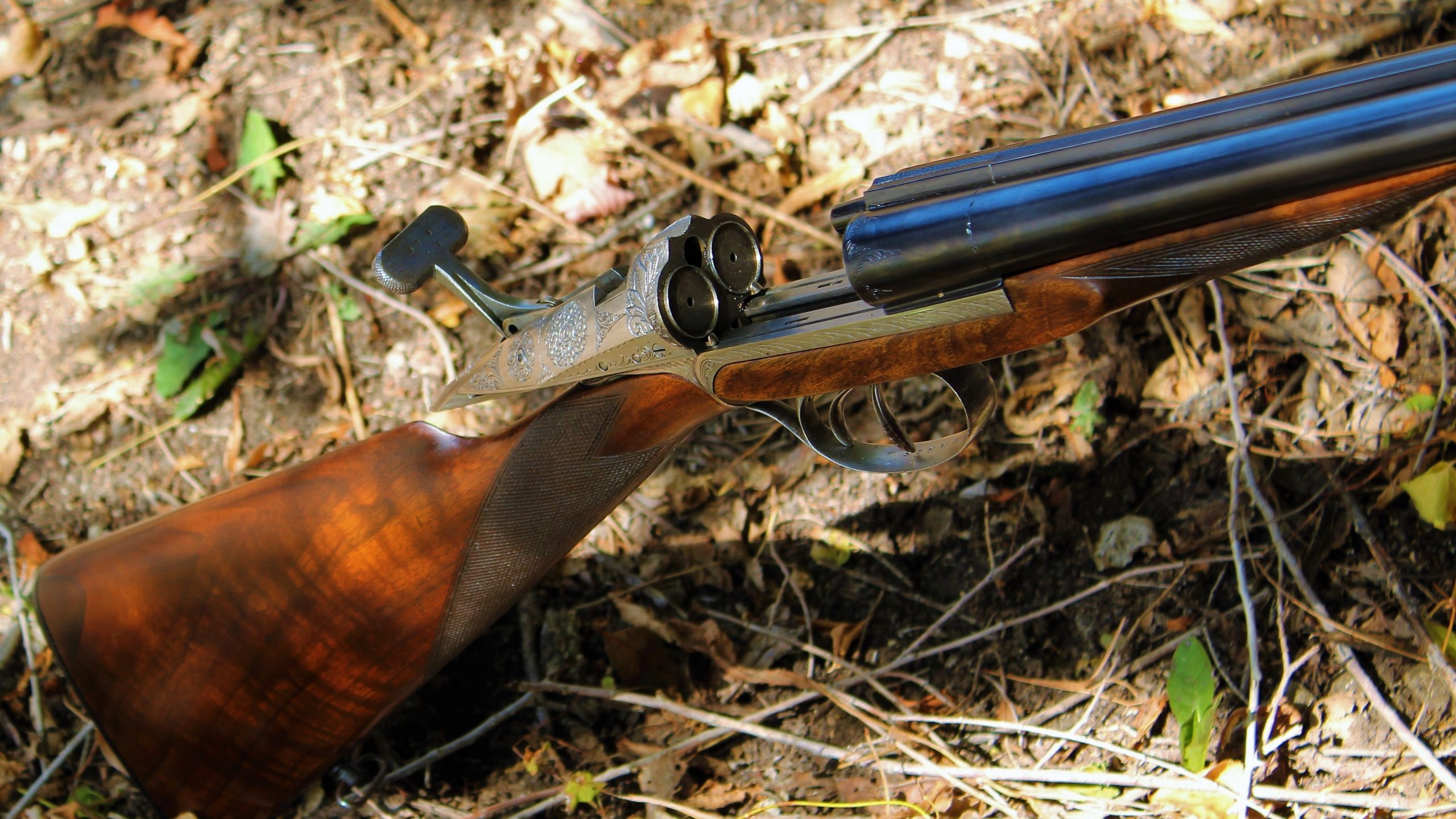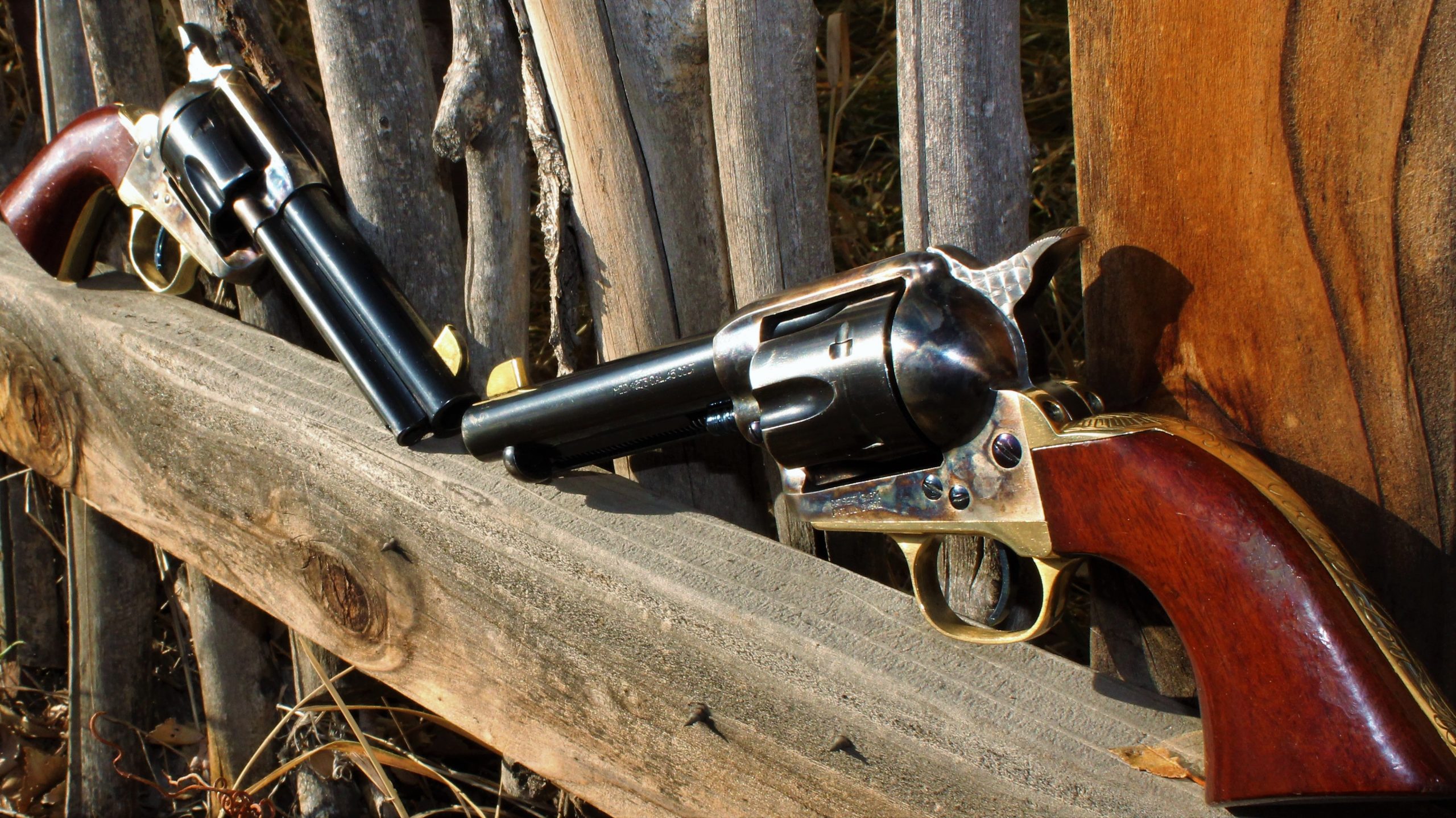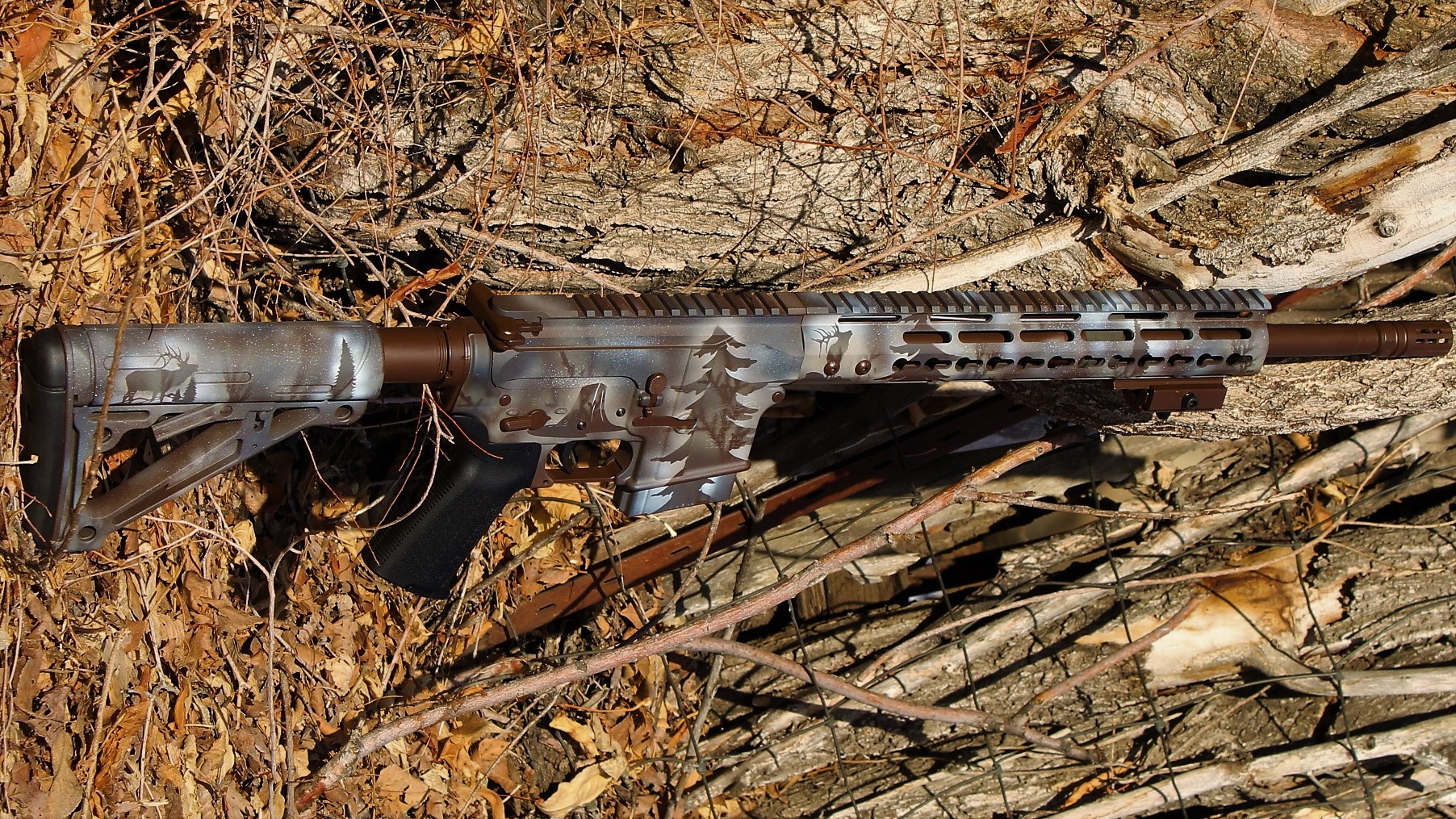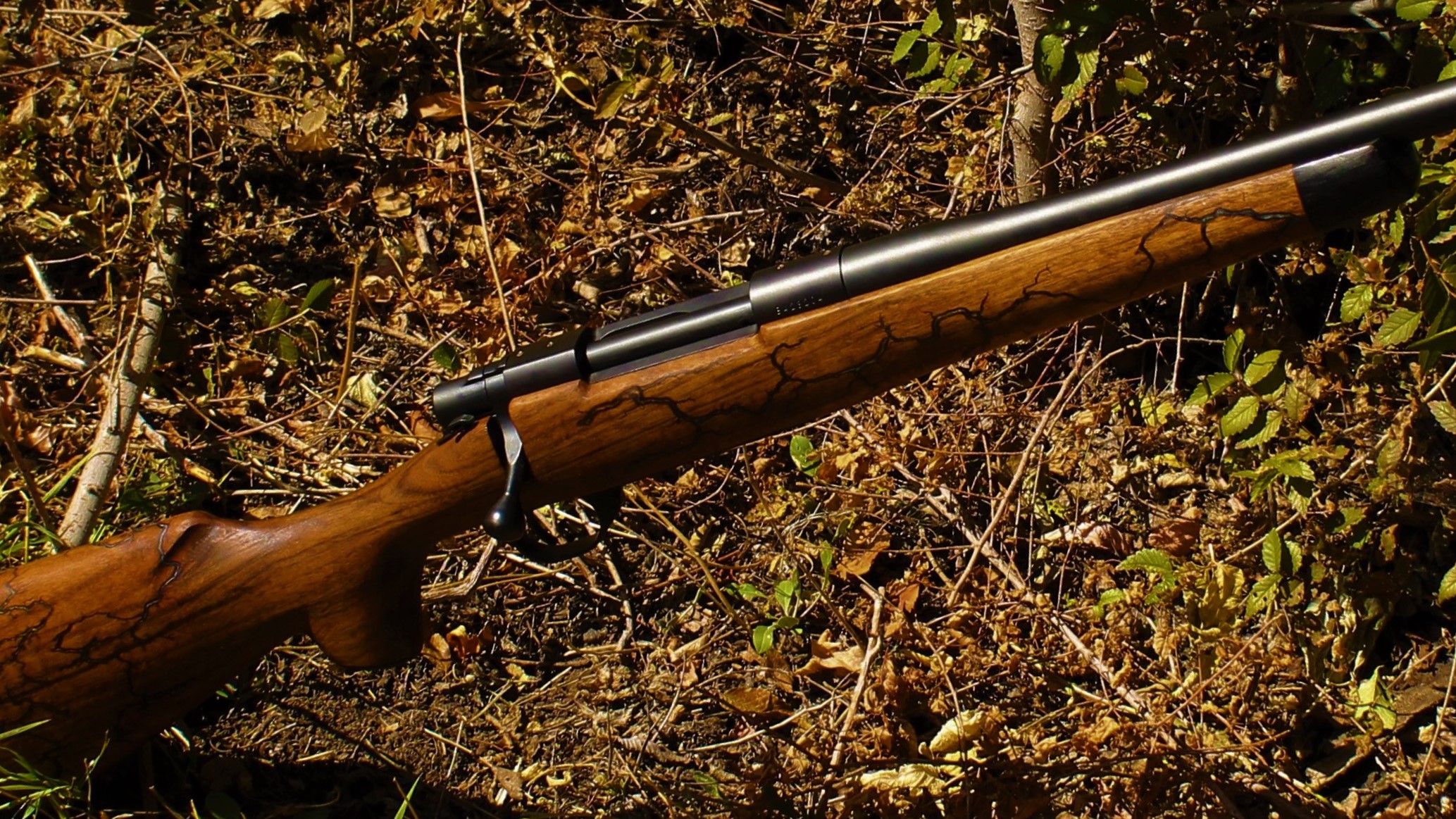Gunsmithing is a trade with a truly distinguished past. The first firearms date back to the 1200s; they were invented in China. This technology eventually made its way to Europe, and Italian craftsmen assembled that continent’s first gun barrels. Now, during the Middle Ages, a professional needed to belong to a guild, which was a group of people with the same occupation. The gunsmithing trade was so new, though, that it didn’t have its own guild for a long time. Therefore, gunsmiths started to join blacksmiths’ guilds.
In medieval times, many national governments maintained large storehouses of weapons, and gunsmiths often labored near those sites. An example would be Italy’s arsenal in the northern city of Brescia. Then, as the general public gradually became aware of the work that gunsmiths were doing, the trade gained recognition as a distinct career. Thus, around the mid-1400s, gunsmith guilds began to form. Among the first of those groups was one that originated in Suhl, Germany, in 1463.
Of course, being a gunsmith in those years demanded tremendous patience and knowledge. Indeed, making guns meant being proficient in several trades, woodworking and metalworking among them. It frequently took as long as 400 hours to produce a single gun, and apprentice gunsmiths toiled for many years before striking out on their own.
When it came to gun production, England lagged behind many other countries well into the 1500s. To rectify that situation, King Henry VIII began to ask leading gunsmiths from across the continent to live and work in London, and many of them eagerly accepted the invitation. Thus, gunsmiths such as Belgium’s Peter Van Collen opened shops near the Tower of London, the site of Britain’s royal stockpile of weapons, and they began to train British citizens in their craft.
Naturally, it wasn’t long before this trade began to blossom in North America. Colonial gunsmiths mostly made rifles; the majority of handguns came from Great Britain. Those American craftsmen developed a unique firearm: the long rifle, which was also known as the Kentucky rifle and the Pennsylvania rifle. It featured an elongated barrel, which made it easier to shoot fast-moving prey from considerable distances. Plus, it was an economical weapon in that it used less blackpowder than traditional rifles. Unsurprisingly, it was a hit throughout the colonies.
Of course, American forces would soon win independence for their nation, and pioneers began to cross the vast continent in search of new places to live and farm. Gunsmiths were often called upon to furnish such brave families with guns and ammunition, and many of those professionals would also make money by repairing a wide range of items ― clocks, for example. Due to the high demand for gun production and repair, the industry flourished throughout the 1800s. Then, when the Confederacy seceded and the Civil War began, the Northern and Southern governments suddenly needed a great many rifles, and manufactures were swamped with orders.
The late 1800s and the 1900s saw a vast array of innovations in gun production. For example, automatic handguns began to appear in the 1890s, and the Browning Automatic Rifle premiered in 1918. Further, the Glock pistol, which was the first successful gun to be partially made of plastic, debuted in 1982. However, even as firearm manufacturing moved from small shops to large factories, gun enthusiasts still sought handmade and personalized weapons. For that reason, many gunsmiths who owned their own businesses ― people like Emil Koshollek and Alvin Linden ― prospered. In fact, such individuals continue to thrive, and many of them rely on respected institutions like the Colorado School of Trades for the latest gunsmith-related news and information.

